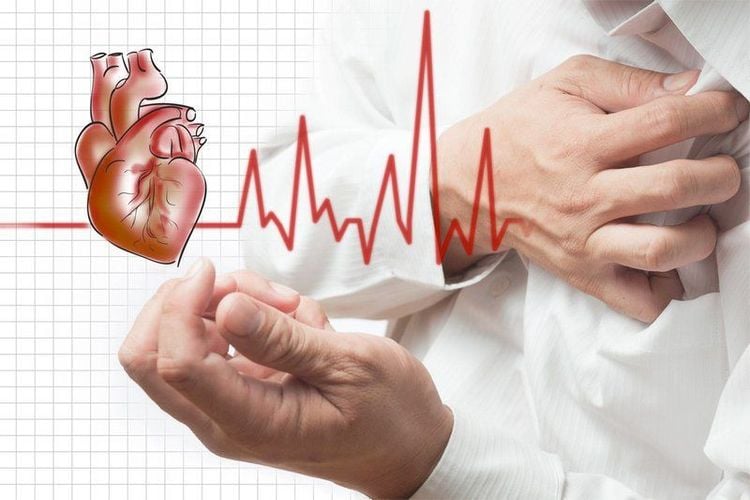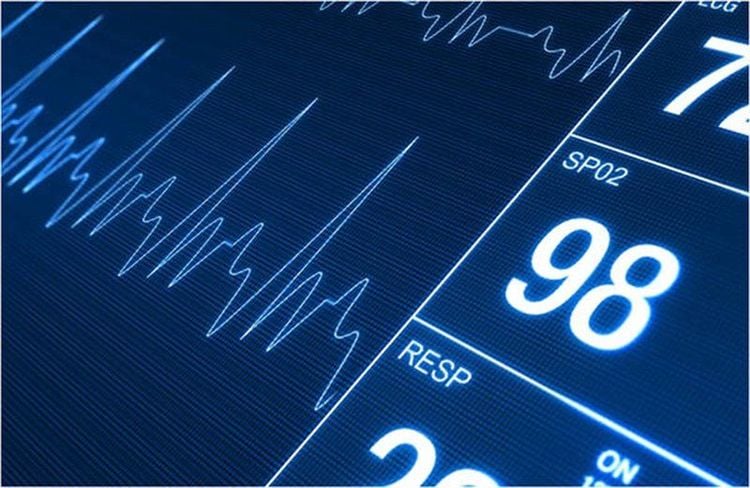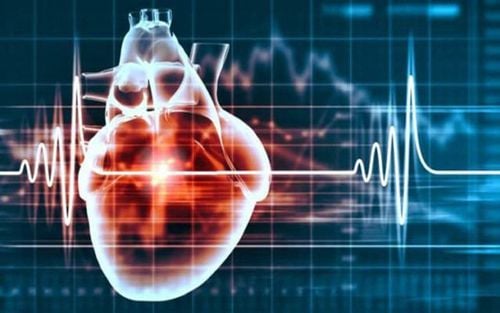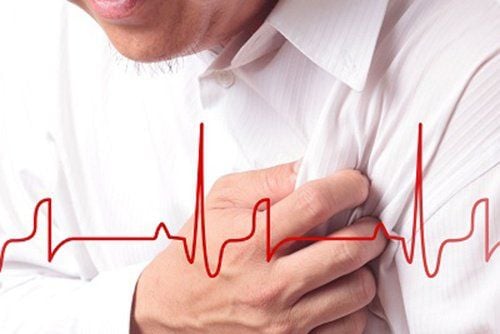This is an automatically translated article.
The article is professionally consulted by Master, Doctor Nguyen Minh Son - Interventional Cardiologist - Department of Medical Examination & Internal Medicine - Vinmec Nha Trang International General HospitalThe electrocardiogram bpm is an abbreviation for the heart rate unit “beats per minute”, that is, the number of heartbeats in one minute. In cases of arrhythmia, bpm is the average value, different from the actual value at each time of the patient.
1. What is bpm?
The bpm in the electrocardiogram is the abbreviation for the English heart rate unit "beats per minute", which means the number of heartbeats in one minute. For example, if the reading is 80 bpm, then the person's heart rate is 80 beats/min. The bpm reading can appear on a variety of media and laboratory tests, however it does not reflect the regularity of cardiac activity. In cases of cardiac arrhythmias, the recorded bpm was the average value during the period of study.
Heart rate in a normal healthy person usually ranges from 60 to 90 beats/min or 60 to 90 bpm. When the body is physically active or nervous, anxious, the heart rate will increase above 100 bpm, in some cases, it can reach the threshold of 150-200 bpm. In addition, resting bpm is also influenced by the use of stimulants and some medications. When the bpm on the electrocardiogram is high, it means that the heart is working too hard and beyond the normal range. Too high a heart rate is not a beneficial sign, because then the diastolic filling time is shortened, resulting in the heart's ventricles not receiving enough blood and not ensuring the pumping of blood to the organs. other in the body. If the bpm in the electrocardiogram is persistently high and prolonged, the burden on the heart is quite large, the risk of heart failure will increase.

The bpm index at rest is considered as one of the criteria that honestly reflects the general state of health. The resting bpm should be assessed in conjunction with a few other health parameters such as blood pressure, blood lipid bilan. People with high resting bpm are generally in poor average physical condition and are more likely to be accompanied by elevated blood pressure values. In contrast, in professional athletes and those who regularly exercise, the resting bpm will be regular and at a low value. Some studies even show that people with high bpm have a shorter life expectancy than others.
The bpm should be checked regularly at different times on the same day and several times a week. Immediately visit a cardiologist if detecting abnormalities in the bpm is necessary. Changing a diet with a lot of green vegetables in combination with regular exercise is an effective method to maintain a normal bpm index. The intensity of exercise should not be overwhelming and appropriate for the age group.
Trắc nghiệm: Bạn hiểu gì về sức khỏe tim mạch?
Bệnh tim không chỉ ảnh hưởng đến nam giới, mà còn là nguyên nhân gây tử vong hàng đầu ở phụ nữ. Các dấu hiệu lên cơn đau tim (nhồi máu cơ tim) của hai giới cũng có thể khác nhau. Cùng làm bài trắc nghiệm sau để xem bạn có chọn đúng những quyết định tốt cho tim hay không?
Bài dịch từ: webmd.com
The following content is prepared under supervision of Bác sĩ chuyên khoa I, Lê Thanh An , Nội Tim mạch , Khoa Khám bệnh & Nội khoa - Bệnh viện Đa khoa Quốc tế Vinmec Nha Trang
2. The confusion between bpm and blood pressure
Blood pressure index and bpm index are two different values that reflect hemodynamic status in particular and general health of people in general. However, in reality many people are still confused between the two concepts.
Blood pressure (English name is blood pressure) is a measure of the pressure that blood exerts on the vessel walls during a cardiac cycle. A normal blood pressure value is made up of two numbers, systolic pressure and diastolic blood pressure with the unit of measurement being mmHg. While systolic blood pressure is a measure of the pressure in the chambers of the heart as it pumps blood into the circulation, diastolic pressure reflects the pressure during diastole or the pressure in the blood vessels. If the recorded blood pressure reading is 110/70 mmHg, the systolic blood pressure will be the greater number or 110 mmHg and the diastolic pressure will be the lower number or 70 mmHg, which is a normal blood pressure reading. Attendees should be provided with and kept in mind both of these blood pressure values. The normal blood pressure value of a healthy person is 120/80 mmHg. When the systolic blood pressure is above 140 mmHg and/or the diastolic blood pressure is above 90 mmHg, the patient is considered to have hypertension.
As mentioned above, the bpm reading on the electrocardiogram is the average heart rate per minute. Unlike blood pressure, the bpm reading has only one value at a time. If arrhythmia is present, the bpm reading is the average value over the time period examined. The normal heart rate in healthy people ranges from 60 to 90 bpm.

The bpm reading is often recorded at the same time as the blood pressure reading during physical visits. These two indicators are independent and have certain meanings, so bpm cannot be used as a substitute for blood pressure and vice versa, especially in people with arrhythmias or abnormal blood pressure readings. When blood pressure is low, the heart rate may be normal or slow. People with arrhythmias can still have normal blood pressure values. These two indicators are not proportional to each other nor are they interchangeable. If the bpm and/or blood pressure readings are not within the normal range, the patient should go to the doctor for timely advice and diagnosis at medical facilities with a cardiologist.
To protect cardiovascular health in general and detect early signs of myocardial infarction and stroke, customers can sign up for Cardiovascular Screening Package - Basic Cardiovascular Examination of Vinmec International General Hospital . The examination package helps to detect cardiovascular problems at the earliest through tests and modern imaging methods. The package is for all ages, genders and is especially essential for people with risk factors for cardiovascular disease.
Please dial HOTLINE for more information or register for an appointment HERE. Download MyVinmec app to make appointments faster and to manage your bookings easily.














